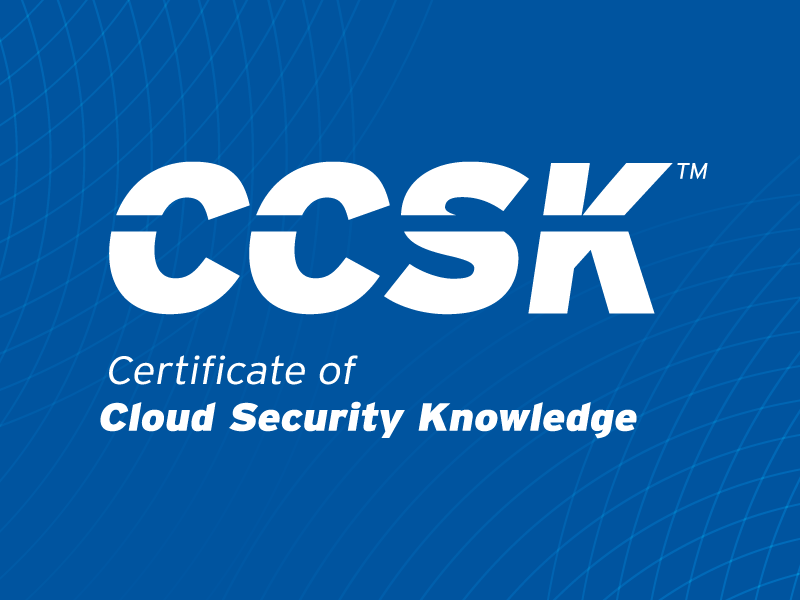Best Practices for Deleting Information After Employee Offboarding
Published 04/04/2025
Written by David Balaban.
Staff records often contain sensitive content like personal identifiers and company-related communications. If this data is not properly cleared, it can result in compliance issues and unauthorized access. A systematic method guarantees that all digital and physical details are either erased, archived, or transferred in accordance with industry regulations. Furthermore, taking the route of automation throughout this process minimizes the risk of human error and misuse.
Beyond the immediate risks, mishandling employee data can damage a company’s reputation, even more so in industries where trust is key, such as healthcare or finance. A single leaked record could expose not just the individual but also proprietary processes or client information tied to that employee’s work. A well-thought-out approach ensures that data isn’t just deleted haphazardly but follows a clear path, whether that’s secure erasure or legally mandated archiving. This reduces liability and helps maintain operational integrity.
Automation also frees up valuable time for HR and IT teams who might otherwise spend hours manually tracking down accounts or files. Tools like data loss prevention (DLP) software can flag sensitive information across systems to ensure nothing slips through the cracks. This proactive step aligns with modern business needs, where efficiency and security must coexist seamlessly.
Understanding the Risks
Companies that retain former staff data expose themselves to unnecessary threats. If unauthorized individuals access outdated records, it can result in identity theft or leaks of intellectual property. This could lead to legal penalties. Additionally, cybercriminals frequently seek out obsolete credentials to infiltrate corporate systems. Unmonitored networks can easily serve as an entry point for malware. Internal breaches are also worrisome. This is because disgruntled employees or careless insiders may misuse access rights for personal gains.
For instance, take the growing trend of credential stuffing, where hackers use old login details (often unchanged from an ex-employee’s tenure) to breach systems. Verizon’s 2023 Data Breach Investigations Report highlighted that stolen credentials remain a top cause of breaches, with many tied to outdated accounts. This underscores why lingering data isn’t just a compliance headache but a live security risk that can snowball into costly incidents like ransomware attacks.
Internally, the threat isn’t limited to malice. Simple oversight can be just as damaging. An employee leaving sensitive documents on a shared drive or forgetting to log out of a company app on a personal device can create vulnerabilities. These small slip-ups, multiplied across a large organization, turn former employee data into a ticking time bomb if not addressed swiftly and thoroughly.
Time to Tap into Systematic Policies
To effectively manage data removal, companies should begin by clearly defining protocols. It’s essential to pinpoint what records need to be deleted, anonymized, or archived to maintain uniformity across all departments. These guidelines must also include specific timelines for retaining and removing information. This helps prevent unnecessary buildup and potential breaches. By standardizing the entire process, businesses can reduce confusion and ensure collaboration between HR, IT, and legal teams.
A good starting point is mapping out where employee data lives; think email servers, cloud storage, or even third-party tools like Slack or Trello. Without this clarity, policies are incomplete and leave pockets of data exposed. For instance, some industries require keeping certain records (like tax documents) for a set period, while others (like personal emails) can be wiped immediately. Defining these distinctions upfront avoids guesswork and ensures consistency.
Collaboration is key here. HR might know an employee’s exit date, but IT holds the keys to their digital footprint, and legal teams understand retention laws. Regular cross-department audits can refine these policies over time, catching blind spots like forgotten vendor accounts associated with an ex-employee. This teamwork turns a patchwork process into a well-oiled machine to minimize risk and boost efficiency.
The Importance of Pushing a Compliance Agenda
Regulatory frameworks outline the requirements for managing and disposing of data from former employees. Companies must adhere to GDPR or specific industry regulations when handling removal processes. Failing to adhere can lead to significant fines, repercussions, and loss of customer trust. Moreover, maintaining a checklist helps ensure that all required actions are completed accurately. These may include obtaining staff consent or properly documenting deletions.
GDPR, for instance, mandates that personal data be erased when it’s no longer needed, with fines reaching up to €20 million or 4% of annual revenue for non-compliance. In the U.S., laws like HIPAA or CCPA add layers of complexity depending on the sector. Staying compliant isn’t just about dodging penalties; it’s about proving to clients and partners that your business takes data seriously, which can be a competitive edge.
Checklists aren’t just busywork; they’re a lifeline. They might include steps like confirming an employee’s cloud access is revoked, verifying physical files are destroyed, or logging each action for an audit trail. This documentation can save a company in a legal pinch, showing due diligence if regulators come knocking. It’s a small effort upfront that pays off big when the stakes are high.
Physical Records are Often the Loophole
Digital information is not the only aspect to consider. Physical files can also present significant risks. Contracts, payrolls, and performance reviews in hard copy need to be shredded to prevent unauthorized access. It’s also vital to discard unprotected documents left in storage rooms or desk drawers to prevent breaches.
The human element is also worth considering: employees rushing through an exit might leave behind notes or printouts without thinking. A quick sweep of workstations and storage areas post-offboarding can catch these stragglers. Pairing this with a “clean desk” policy during employment sets the stage for smoother, more secure departures.
Automating Processes Reduces the Grunt Work
Manual deletion is susceptible to errors. By establishing computerized workflows, companies can immediately revoke accounts, emails, and access credentials upon staff departure. This not only boosts data privacy in the enterprise but also enables planned removals. The best part is that modern IAM systems can seamlessly integrate with HR platforms, further scaling up efficiency.
Automation also scales with growth. What works for a 50-person startup might collapse at 500 employees if reliant on manual steps. Plus, it takes care of the “oops” factor that stems from forgotten accounts or missed permissions and plagues manual efforts. With audit logs built into these systems, you get a bonus layer of compliance proof, which makes it a win-win for security and accountability.
Double Down on Educating Staff
Staff responsible for information handling needs to be knowledgeable about effective exit procedures. Often, security breaches happen because individuals unintentionally keep access credentials or fail to remove sensitive files. Regular training sessions can highlight the significance of safeguarding data and stress the dangers tied to keeping old records. It’s also important to inform members about legal fines and possible repercussions. This ensures they follow company policies diligently.
Training doesn’t have to be dry. Interactive sessions or real-world examples (like a breach that cost a competitor millions) can drive the point home. Focusing on offboarding specifics, such as returning devices or reporting lingering access, empowers staff to act as a first line of defense.
It’s also smart to loop in managers, who often oversee exits. They need to know the stakes: a forgotten laptop with admin rights could be a goldmine for a hacker. Reinforcing this with quizzes or refreshers keeps everyone sharp, turning policy into practice. When staff understand the “why” behind the rules, compliance becomes second nature.
Endnote
Adopting a proactive strategy reinforced by well-defined policies guarantees that all data remains secure. Organizations implementing robust measures not only protect themselves but also foster trust with both employees and stakeholders. Planning safe removals can further help highlight a dedication toward responsible management. This can maximize credibility and position any business as a leader in their industry.
Unlock Cloud Security Insights
Subscribe to our newsletter for the latest expert trends and updates
Related Articles:
Security for AI Building, Not Security for AI Buildings
Published: 12/09/2025
Zero Trust for OT in Manufacturing: A Practical Path to Modern Industrial Security
Published: 12/08/2025
AI Explainability Scorecard
Published: 12/08/2025





.jpeg)
.jpeg)
.jpeg)
.jpeg)